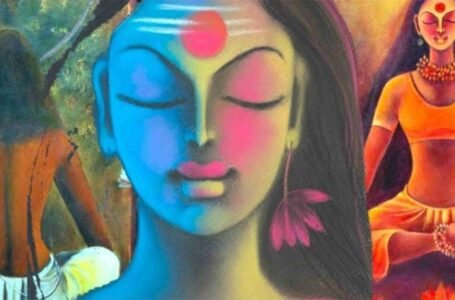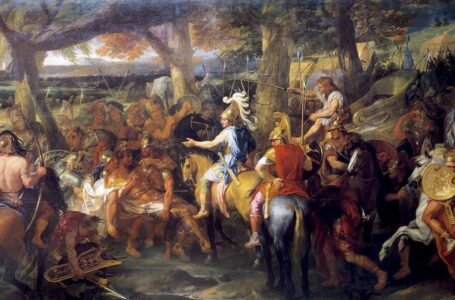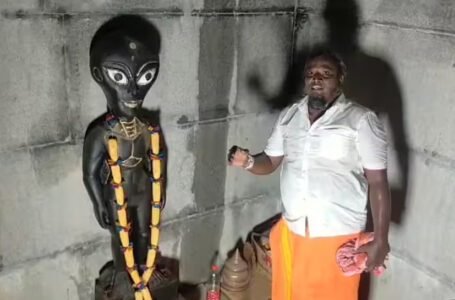Unveiling Shudraka: Exploring the Legacy of Ancient Indian Playwright

Shudraka, an enigmatic figure in the realm of classical Sanskrit literature, occupies a distinctive place in the historical and literary landscape of ancient India. Believed to have lived during the early centuries of the Common Era, Shudraka is primarily known for his celebrated work, the “Mrichchhakatika,” which translates to “The Little Clay Cart.” This timeless piece of dramatic literature is not only a testament to the artistic achievements of its time but also offers valuable insights into the social, political, and cultural milieu of ancient India.
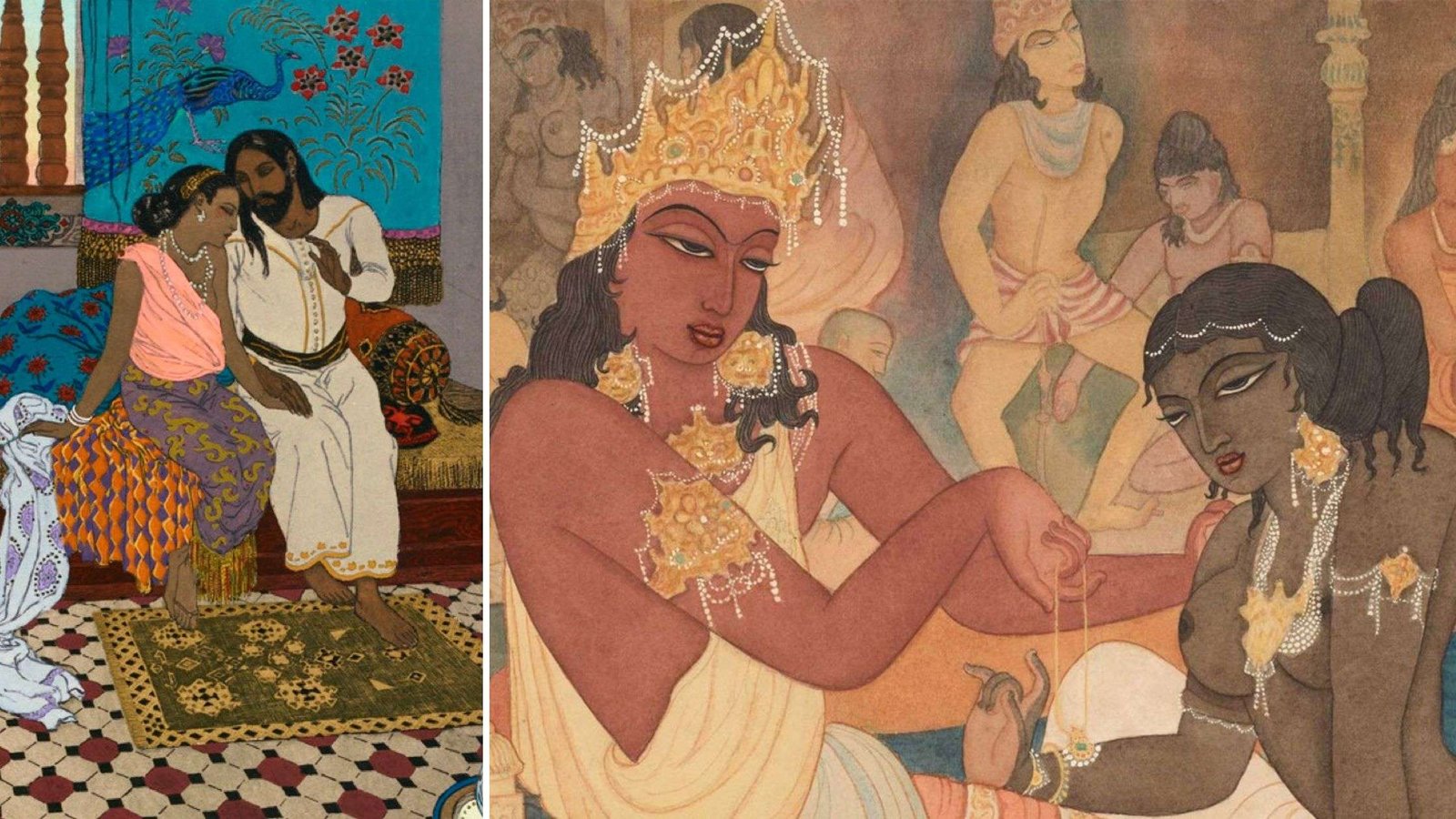
The name Shudraka remains shrouded in obscurity, and there is limited historical or biographical information available about the author. Consequently, the study of Shudraka is largely centred around his literary contributions, particularly the “Mrichchhakatika.” This classic play is classified as a “prakarana,” a genre of Sanskrit drama known for its wide-ranging themes and versatile narratives. Within its pages, Shudraka weaves a compelling tapestry of love, deceit, intrigue, and human aspiration, setting it against the backdrop of the bustling town of Ujjayini.
Origins of Shudraka
Shudraka, a historical figure whose existence is attested in classical Sanskrit texts, holds a distinctive place within the realm of ancient Indian literature. Shudraka’s literary contributions, most notably exemplified in his renowned work, the “Mrichchhakatika” (The Little Clay Cart), constitute a noteworthy chapter in the evolution of Sanskrit drama, marked by his pioneering use of Maharashtri Prakrit, the local vernacular, within the dramatic context.

The historical veracity of Shudraka, a name that translates to “little servant,” remains a subject of considerable scholarly debate. It is noteworthy that no extant historical records or documentation substantiate the existence of a ruler bearing the name Shudraka. Intriguingly, the initial four acts of the renowned theatrical composition, “Mrichchhakatika,” exhibit a striking resemblance to corresponding acts in Bhasa’s incomplete play, “Charudattam.” This similarity has led to a compelling theory suggesting that the author of “Mrichchhakatika” may have concluded Bhasa’s work as a tribute, adopting the humble pseudonym “little servant” in deference to Bhasa.
Adding to the complexity of the matter, a fourteenth-century source attributes the authorship of “Mrichchhakatika” to a duo named Bhartrimentha and Vikramaditya, both of whom were associated with the city of Ujjain. Notably, Bhartrimentha was a contemporary of the renowned poet Kalidasa, and the legendary king Vikramaditya is also historically linked to Ujjain. Nevertheless, the chronological alignment of these figures with the composition of “Mrichchhakatika” presents a significant challenge, making their identification as the authors of the play highly improbable.
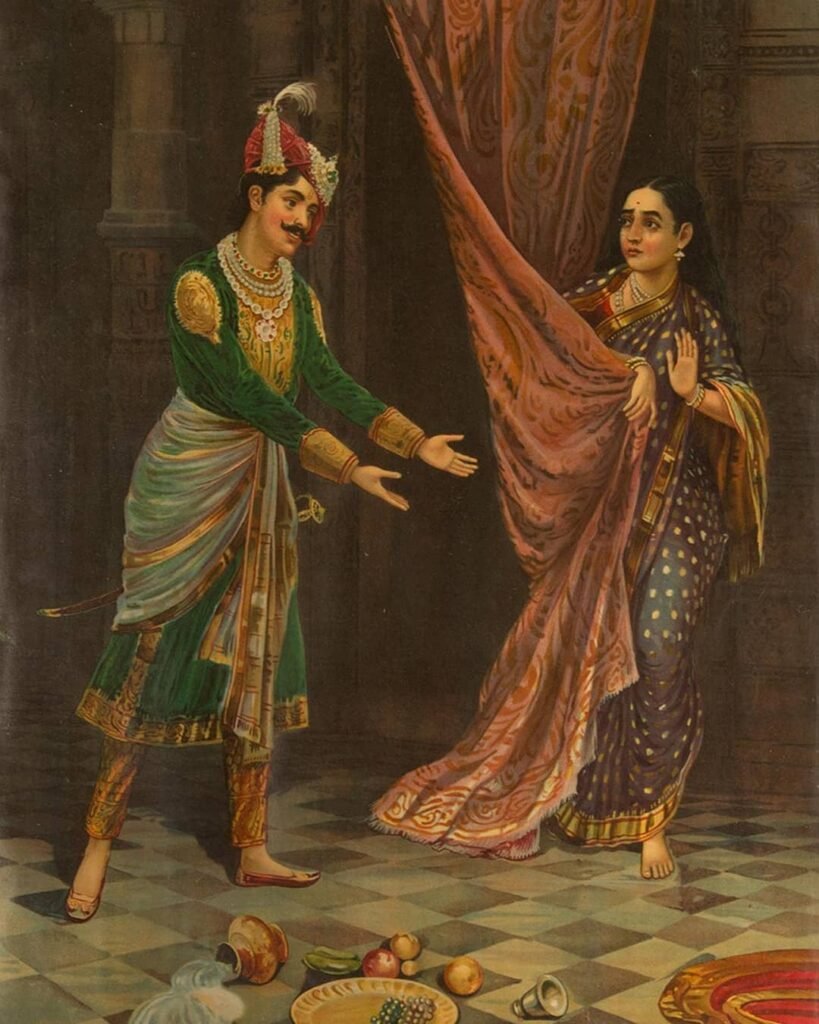
Prominent Indologist A. K. Warder aptly observes that the earliest references to Shudraka portray him as a legendary and mythic character. Consequently, the historical existence of Shudraka remains a matter of considerable doubt. Scholars such as Farley P. Richmond contend that Shudraka might be a purely mythical figure, casting uncertainty upon the authorship of works attributed to him. This scholarly discourse underscores the intricate and enigmatic nature of Shudraka and the literary legacy associated with his name.
An alternate theory, initially proposed by Sten Konow, offers an intriguing perspective on the identity of Shudraka, positing that he might have been the pseudonym of a 3rd-century Abhira king, potentially Shivadatta, who was the father of Ishvarasena. This hypothesis garners support from several compelling arguments.
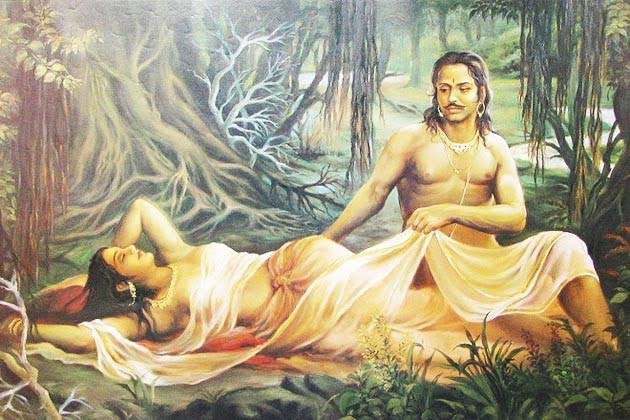
The Abhira dynasty succeeded or perhaps superseded the Satavahanas, also known as the Andhras, who may have exercised authority over the Abhiras at some point. A legend from the Skandapurana designates Shudraka as an “Āndhrabhṛtya,” signifying a vassal or subordinate of the Andhras. Jain traditions, as documented in texts like the Vividha-Tirtha-Kalpa, narrate that a king identified as Satavahana divided his empire, bestowing half of it upon Shudraka. Other legends, including one found in Dandin’s Avanti-Sundari, suggest that Shudraka either ascended to the throne following the untimely demise of Satavahana prince Svati or triumphed over Svati.
Texts such as the Avanti-Sundari-Katha-Sara pinpoint Shudraka’s birthplace to the Ashmaka region, whereas the Vividha-Tirtha-Kalpa states that he was born in Pratishthana, a location situated in the same geographical vicinity. Notably, Shudraka stands as one of the early playwrights to employ Maharashtri Prakrit, the vernacular language of this region, in his dramatic compositions. The Skandapurana places Shudraka in the Kali year 3290, a date corresponding to 188 CE, closely linked to the Abhira period. This temporal correlation strengthens the association between Shudraka and the Abhira dynasty.

An additional facet supporting this theory is Shudraka’s invocation of the deity Shiva within his dramatic work. Inscriptions reveal that the Abhira rulers had a pronounced Shaivite orientation, underscoring a religious connection between Shudraka and the Abhira dynasty.
In light of these historical, geographical, chronological, and religious elements, the theory positing Shudraka as a pseudonym for an Abhira king gains substantial scholarly credibility. This alternative perspective redefines our understanding of Shudraka, suggesting that he may have been a monarch who contributed to the rich literary tradition of ancient India under a veiled identity, thus further enriching the enigmatic narrative of his legacy. The confluence of historical references, regional linguistic innovation, and religious nuances in Shudraka’s oeuvre offers a compelling avenue for scholarly investigation.
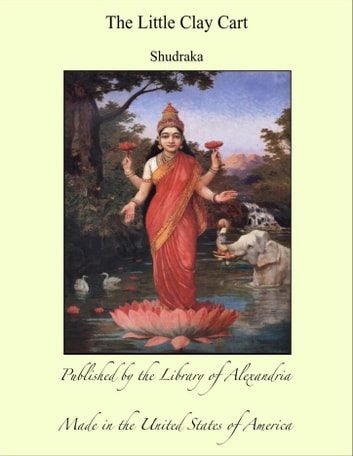
The ‘Mrichchhakatika’ (The Little Clay Cart): A Comprehensive Analysis of an Enigmatic Sanskrit Play
The “Mrichchhakatika,” often translated as “The Little Clay Cart,” is a celebrated Sanskrit play written by an ancient Indian playwright, believed to be Shudraka. This dramatic work is renowned for its narrative complexity, vibrant characters, and its exploration of various social and moral themes. It is one of the most well-known pieces of classical Indian literature and provides valuable insights into the culture and society of its time.
The plot of the “Mrichchhakatika” revolves around the lives and relationships of a diverse set of characters, including a courtesan, a Brahmin, a nobleman, and a host of others. The play is set in the bustling town of Ujjayini and features elements of love, deceit, political intrigue, and human aspirations. The principal narrative of the “Mrichchhakatika” centres on the character of Cārudatta, a young Brahmin of noble lineage but modest means, who becomes enamoured with Vasantasenā, a well-to-do courtesan or nagarvadhu. Notwithstanding their shared affection, the lives and romantic relationship of this couple encounter formidable challenges when a coarse courtier, known as Samsthānaka or Shakara, aggressively pursues Vasantasenā, introducing elements of conflict and tension into the storyline.As a prakarana, a genre of Sanskrit drama known for its versatility and wide-ranging themes, the “Mrichchhakatika” delves into issues of social hierarchy, justice, morality, and the human condition.

“Mrichchhakatika” notably diverges from the established conventions delineated in the Natya Shastra, which prescribe a focus on the lives and exploits of the aristocracy within dramatic narratives. Instead, the play incorporates a diverse array of peasant characters who converse in a broad spectrum of Prakrit dialects. The narrative of “Mrichchhakatika” is believed to have its origins in an antecedent work entitled “Cārudatta in Poverty,” attributed to the playwright Bhāsa; however, regrettably, only fragmentary remnants of this precursor work have endured the passage of time.
In contrast to many other classical Sanskrit plays, “Mṛichchhakaṭika” distinguishes itself by abstaining from borrowing its themes or characters from epic or mythological sources. The dramatis personae crafted by Śūdraka are plucked from the realm of the everyday, consisting of individuals such as gamblers, courtesans, and thieves, emblematic of the mundane world. The play’s central character, Cārudatta, lacks noble lineage or royal ancestry, further deviating from conventional Sanskrit drama. Notably, Vasantasenā, despite her profession as a courtesan, captivates the audience with her admirable demeanour and dignified conduct. The nobility exhibited by these characters transcends their social standing and origin, emanating instead from their inherent virtues and conduct.
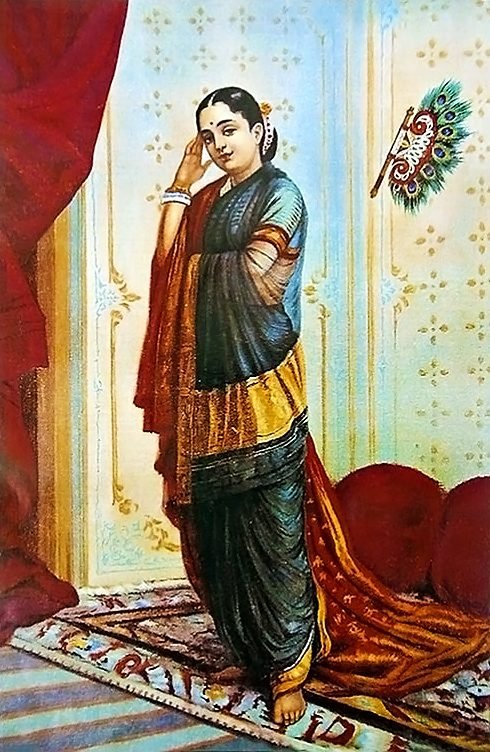
Western Reception and Critical Appraisal of ‘Mṛichchhakaṭika’
“Among the corpus of Sanskrit dramas, ‘Mṛichchhakaṭika’ stands out as one of the most widely acclaimed and frequently staged productions in Western contexts. This dramatic work played a pivotal role in igniting European interest in Indian theatre during the nineteenth century, owing to its successful translation and adaptation, notably exemplified by Gérard de Nerval and Joseph Méry’s romantically infused French version, ‘Le Chariot d’enfant,’ which debuted in Paris in 1850. Additionally, an “anarchist” interpretation by Victor Barrucand, titled ‘Le Chariot de terre cuite,’ received critical acclaim when staged at the Théâtre de l’Œuvre in 1895.”

Conclusion
In conclusion, the figure of Shudraka, enigmatic and elusive, holds a distinctive place in the annals of classical Sanskrit literature. While the historical existence of Shudraka as an individual remains a matter of scholarly debate, his enduring legacy is evident through the masterpiece he is attributed to have authored, the “Mrichchhakatika.” This Sanskrit play, with its rich tapestry of characters and intricate narrative, transcends the boundaries of time and culture, inviting continual examination and appreciation.
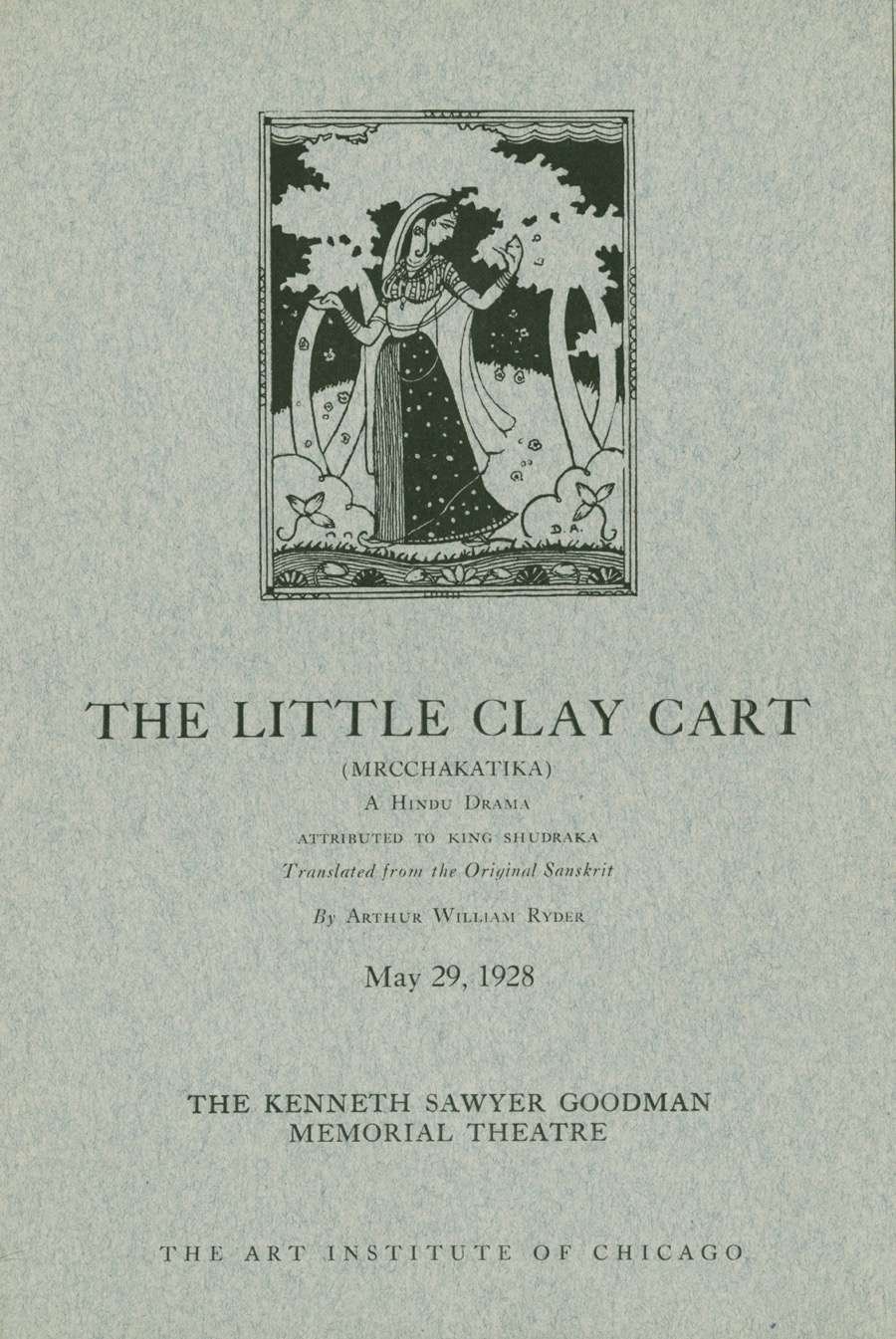
The “Mrichchhakatika” stands as a testament to Shudraka’s unique literary contributions, departing from the traditional Sanskrit dramatic conventions by drawing its characters from the mundane world, as opposed to the realms of epic or mythological lore. It is populated with gamblers, courtesans, and commoners, yet their nobility shines through their virtues and conduct, offering a profound commentary on the human condition.
Furthermore, Shudraka’s impact on Western theatre, as witnessed through the numerous translations and adaptations of the “Mrichchhakatika,” is undeniable. This work catalyzed generated interest in Indian theatre among European audiences, cementing its position as a bridge between the literary traditions of East and West.
While questions persist regarding the historical authenticity of Shudraka’s existence and authorship, his legacy as a playwright and the enduring relevance of the “Mrichchhakatika” continue to captivate scholars and enthusiasts alike. The tale of Shudraka, whether fact or fiction, stands as a testament to the enduring power of literature to transcend temporal and cultural boundaries, offering valuable insights into the complexities of the human experience and the timeless allure of storytelling.
